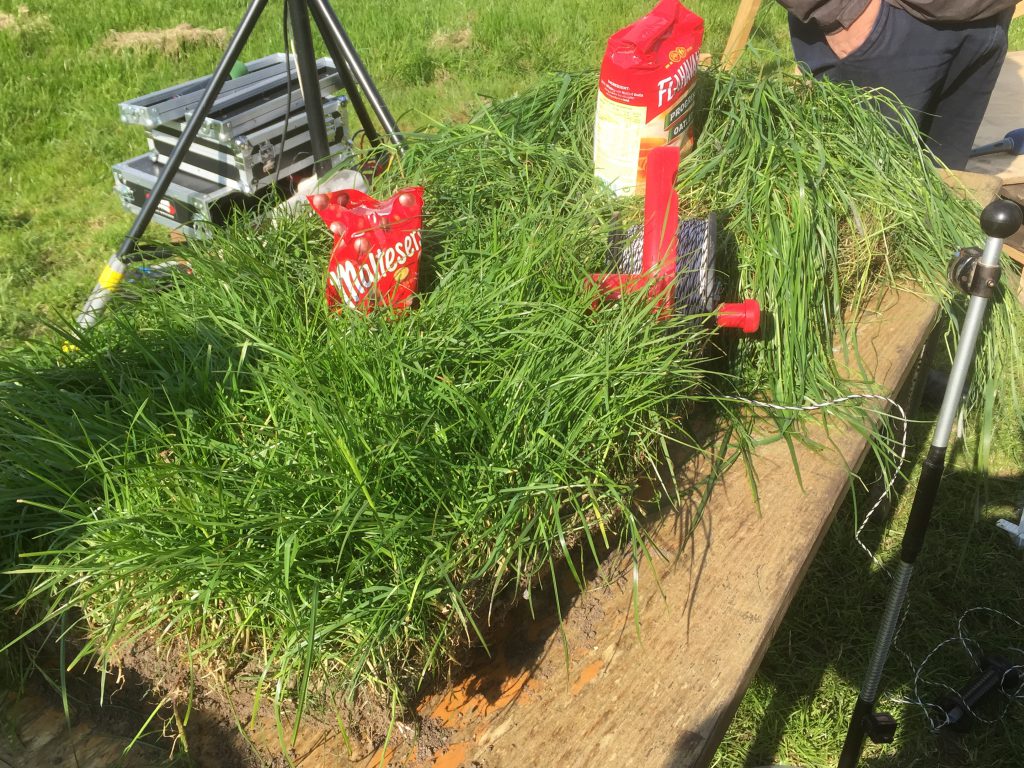Silage made from surplus grass over the next couple of weeks will give farmers a little bit of summer during the winter, according to Teagasc’s Philip Creighton.
The Teagasc Research Officer spoke at the Newford herd open day on Wednesday, where he said that bales made from surplus grass will be top quality in terms of feeding value.
Most of these bales will have a dry matter digestibility of over 75% and they will be very useful on farms next winter, he said.
Creighton also said that taking surplus grass out in the form of bales is a good method of grassland management during peak grass growth periods.
If farmers fail to take action on heavy grass covers the performance of the stock grazing these swards will be lower.
This is due to a higher stem content in heavier swards he said, and a lower level of leaf which reduces the feeding value of the grass.
It is also harder to graze heavier swards, he said, as cattle are more prone to walk the grass into the ground rather than graze.
The Teagasc representative explained that if heavy swards are not grazed properly, the quality of grass grown in the next rotation will be lower. This is mainly due to a higher stem content.
Grazing guidelines
Creighton also advised farmers to aim to graze swards at a pre-grazing height of 10cm.
He said that grazing swards over 12cm will result in reduced animal performance while grazing swards that are under 8cm prior to grazing will result in reduced grass growth.
Also speaking at the event, Teagasc’s Adam Woods used a simple example to highlight the difference in quality between a pre-grazing sward height of 12cm and 10cm.

